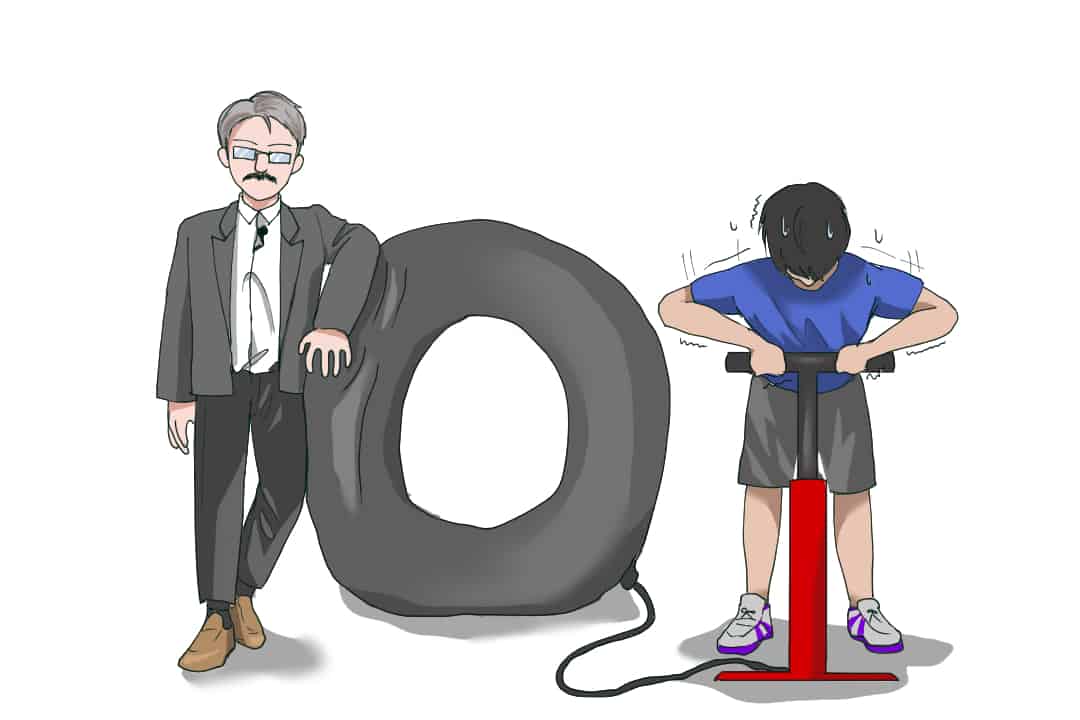Grade deflation is a practice that many students never truly come to understand, especially considering how its implementation varies from class to class. Consequently, this confusion has exaggerated an environment of instability and fear for students regarding grades.
A very recent and public example of grade deflation took place during the 2019 fall semester, as an email sent to CRI390 — Topics in Criminology and Sociolegal Studies students circulated on social media. In it, a professor addressed a change to the marking scheme for a final reading assignment as a result of higher-than-expected marks on the class midterm.
They conveyed that the criminology department expected them to keep the course average between 75–78 per cent, so as to not appear to be involved in grade inflation. The instructor then went on to say that since everyone in the class did well on the midterm, they felt it necessary to cap marking on a following assignment, to “systematically account” for this lapse in proportional grading.
The email said that the instructor felt the need to let everyone know about the grade deflation in case they were “discouraged” or thought that their lower grade meant that there was a decline in the quality of their work.
This final statement can be interpreted as evidence that student work is not solely being graded on the basis of quality, but also in relation to the department’s regulations for proportional grading — otherwise known as grading on a bell curve. The professor’s conclusion acknowledges the potential negative and demotivating effects of this change.
Intentionally lowering grades is extremely discouraging to students. Being told that a class has done ‘too well’ and that grades must now be stifled complicates understandings of fair evaluation and fair treatment in the classroom. Education should be an area of life where students are encouraged to thrive through the support of their instructors.
It is important to note that a few days after this email went viral, the instructor reversed this change, reinstating the previous marking rubric. This was likely, in my opinion, due to the uproar it caused on social media, but nothing has been confirmed.
The official reason for this kind of grade deflation is unclear, with little information readily available. However, I wouldn’t be surprised if it is done to preserve the university’s prestigious status as an academically competitive institution.
From Reddit to Instagram, Twitter, and Facebook, there has been an enormous amount of student concern regarding these grading practices. Many feel as though grade deflation is unjust because of the disregard for the actual quality of one’s work. Students on these platforms are angry at this practice since it implies that classes do not want students to thrive, and instead that they will go out of their way to do the opposite.
It is important to stress that this practice does not necessarily occur in every single course at U of T, and that instructors are not to blame in every case. As seen in the viral email, professors must follow the practices that their superiors dictate. Concerns should be directed toward them, and through these channels students must demand transparency and fairness in grading.
Sonia Uppal is a third-year Equity Studies student at St. Michael’s College.


